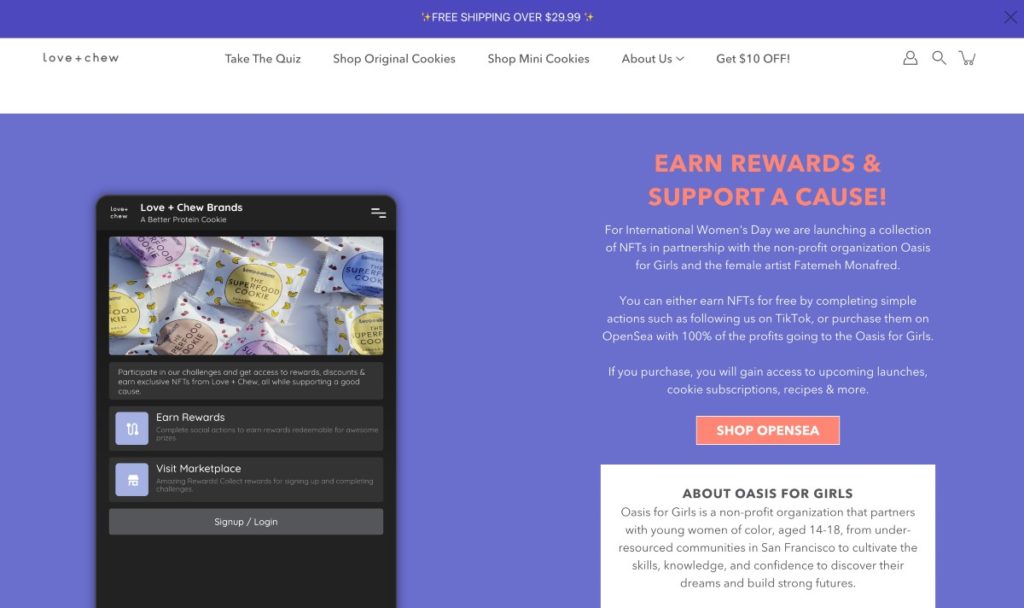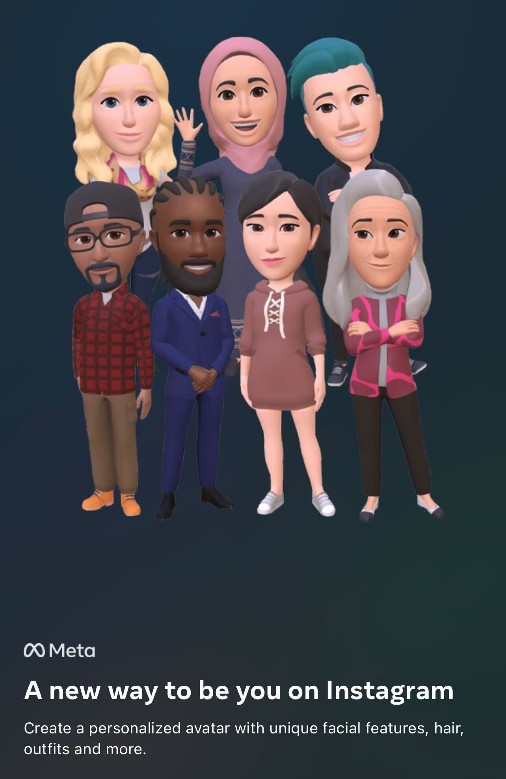Welcome to Future of Marketing.
Each week, we send you the most relevant trends, resources, and strategies in social and user-generated content (UGC) from leading marketers and brands around the globe.
Today, we’re discussing…
- The journey to the metaverse
- Expectations for the metaverse(s)
- #BrandCrush: Love + Chew 💘
Journey to the metaverse
The metaverse(s) is here – but it still has a long way to go.
“The metaverse will be a huge experience for brands,” said Matt Greener, CMO at TINT. “Those who have the R&D budget and resources to start strategizing need to be OK with the possibility of failing. Those who can’t invest right away may want to watch and learn first to see what works.”
According to TINT’s State of User-Generated Content 2022 report, some of the most prominent metaverse plans for marketers in 2022 include: advertising and sponsorships, virtual events, crypto payments and tokens, digital collectibles, and AR simulations for products and services.
The problem is – the world doesn’t seem entirely ready for the metaverse (yet).
“We will see an increase in AR and VR – but that’s probably quite a ways away until it actually hits a scalable level. And either the hardware becomes less cost-prohibitive, or it becomes such a necessity that everyone has it.”
– Youri Hollier, Director of Digital and Social, Tim Hortons
Regardless, user-generated content remains the foundation of consumer engagement and will continue to transform the way we create and consume information. The metaverse, on the other hand, will expand on this opportunity to connect, as people and brands create new experiences and explore new platforms together.
Expectations for the Metaverse(s)
There are many platforms and solutions vying for our attention.
Similar to Snap’s Bitmoji, Instagram released an Avatars feature with the goal to eventually have people use them in the metaverse. “We’re starting to experiment with digital clothing, too,” shared Mark Zuckerberg, Meta CEO. “You can use your avatar across Quest, Facebook, Instagram and Messenger. One day you’ll have multiple avatars ranging from expressive to photorealistic.”
Portability will become increasingly important as platforms and creators discover ways to use avatar(s) and virtual assets – like clothing and real estate – across multiple games and platforms. In other words, brands will have to create truly valuable digital assets that people will want to keep and use long-term – and across multiple experiences.
Also, consider the potential for virtual landowners (and brands), for example; at one point, virtual landowners will be able to place billboards on their property to generate passive income. 🤯
“Our creator hub is going to enable visual artists to mint art NFTs that collectors can hang on their walls in Minecraft, GTA, and any other game that joins the MyMetaverse Network.”
“We will also be creating support for NFT music, which will make it easy to play your favorite NFT tunes as you move through the metaverse. And last but definitely not least, you will soon be able to place NFT stores on your NFT land plots.”
shared MyMetaverse – an NFT game and metaverse network.
There is no question that the metaverse will change the way we interact, create, and consume information – but as we delve more into these new experiences, brands and creators will have to turn virtual assets into something useful and accessible.
What we’re learning
- 7 Marketing Themes and Predictions for 2022
- The Rise of Hybrid Experiences
- Top 5 NFT and Metaverse Projects
- Deep Dive: Early Metaverse Players – Data on Demographics, Socializing, Playing, & Spending
- 5 Metaverse Trends to Watch in 2022
#BrandCrush: Love + Chew 💘
Each week in #BrandCrush, we highlight exceptional brands that are channeling their customers’ voices to connect more authentically with their audience.
Most marketers have probably heard about NFTs by now but don’t really know what to do with them.
For International Women’s Day, Love + Chew, a protein cookie brand, launched a collection of NFTs in partnership with Oasis for Girls, a non-profit organization, and female artist Fatemeh Monafred. Fans can either earn free NFTs by completing simple challenges such as following the brand on TikTok or by purchasing them on OpenSea – where 100% of the profits go to the Oasis for Girls.

Lauren Chew, Founder and CEO, is also attaching functionality to the digital cookies (or NFTs) as a way to conduct market research and identify which flavors people want more – or less – of.
“Some of the NFTs are actual cookie flavors that we offer, and some of them are future flavors or potential flavors in the pipeline,” shared Chew.
“One of those flavors, peanut butter chocolate chip, is going to launch in Q2. Whoever buys that entity will be the very first person to try that product. They’ll get the first cookie from the first production run. A couple of entities will attach a year’s subscription, where you’ll get our cookies in the mail every month.”
Until next time. 👋🏼

